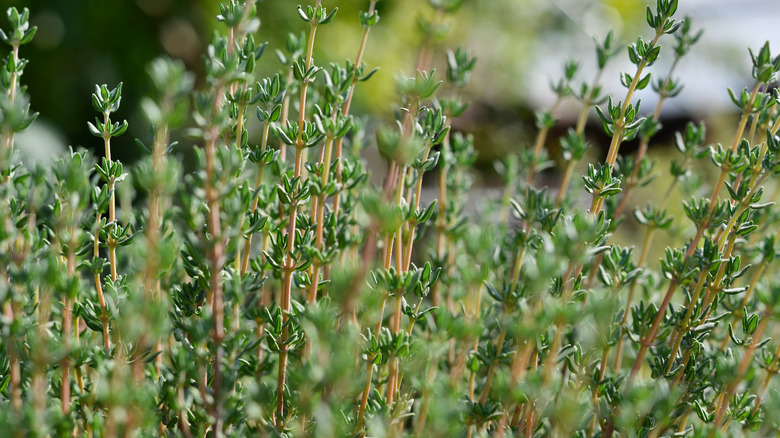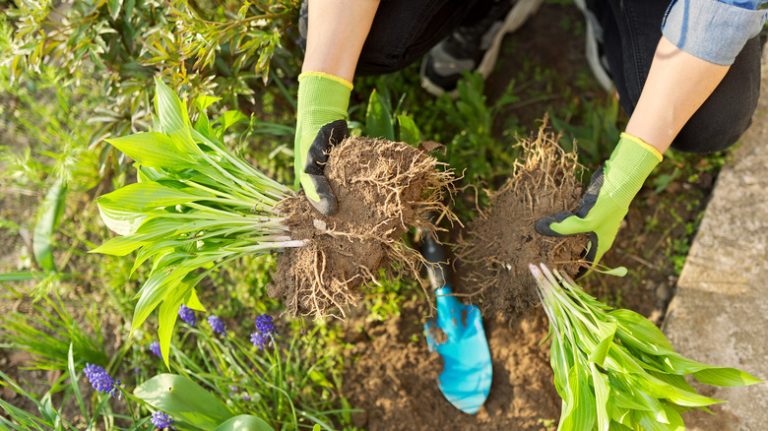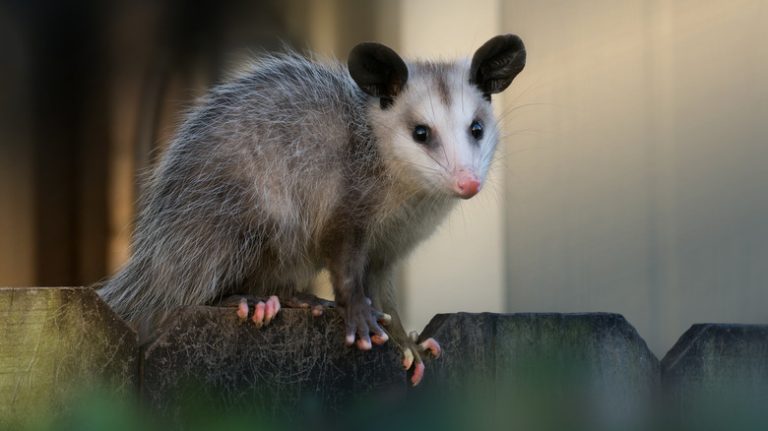Whether you’re growing vegetables and herbs or seasonal blooms, dealing with pests in the garden can be an ongoing issue. But it doesn’t have to be a battle you face alone if you take advantage of companion planting and choose plants that can aid in pest control and prevention. For example, did you know that thyme is a common herb that you can easily grow in your vegetable patch to help repel maggots? This is especially helpful if you are sowing fresh new seeds and vulnerable seedlings because a single maggot can destroy up to 20 small seedlings! Thyme is also effective at repelling other pests, such as mosquitos, hornworm, and whiteflies. It may even improve the flavor of some foods you are growing, like lettuce, shallots, and potatoes, so it’s definitely worth considering it as an addition to your garden.
If you’ve never heard of companion planting before, it is a method of planting mutually beneficial plants together in order to aid growth, attract pollinating insects, and provide protection from the elements, disease, and garden pests. Herbs, in particular, are effective as insect repellents, and thyme is a hardy, low-maintenance herb with little flowers that attract flying pollinators as well as helpful predatory insects to keep pest populations in check and infestations at bay.
How to plant thyme to repel maggots in the garden

Adult cabbage flies won’t harm your plants, but the maggots, which are basically cabbage flies in the larvae stage, will feed on roots and can destroy your crop. It’s tricky to know whether you have an infestation of these maggots because the larvae are so tiny. Instead, you will have to look out for signs like wilting foliage and discoloration. Despite being referred to as cabbage maggots, these little pests will happily feed on any vegetable you have in your patch, including turnips, radishes and more. Once your crop is affected it’s difficult to reverse damage, but if you grow thyme in your vegetable garden, the strong scent will do a good job of repelling the maggots, doing the hard work for you.
With other natural DIY insect repellents you may have to concoct a solution to spray onto affected plants and in the environment. With thyme, however, you simply have to plant it directly into the soil where your other plants are growing. Growing thyme is straightforward. Just plant in a sunny spot with some compost added to the soil. Established thyme planted in the ground is drought resistant so don’t worry about watering regularly after the first few months. It is important to space the thyme out sufficiently as it does like to spread once established, Good spacing will provide plenty of room for air circulation to help avoid disease and overcrowding with other plants.


